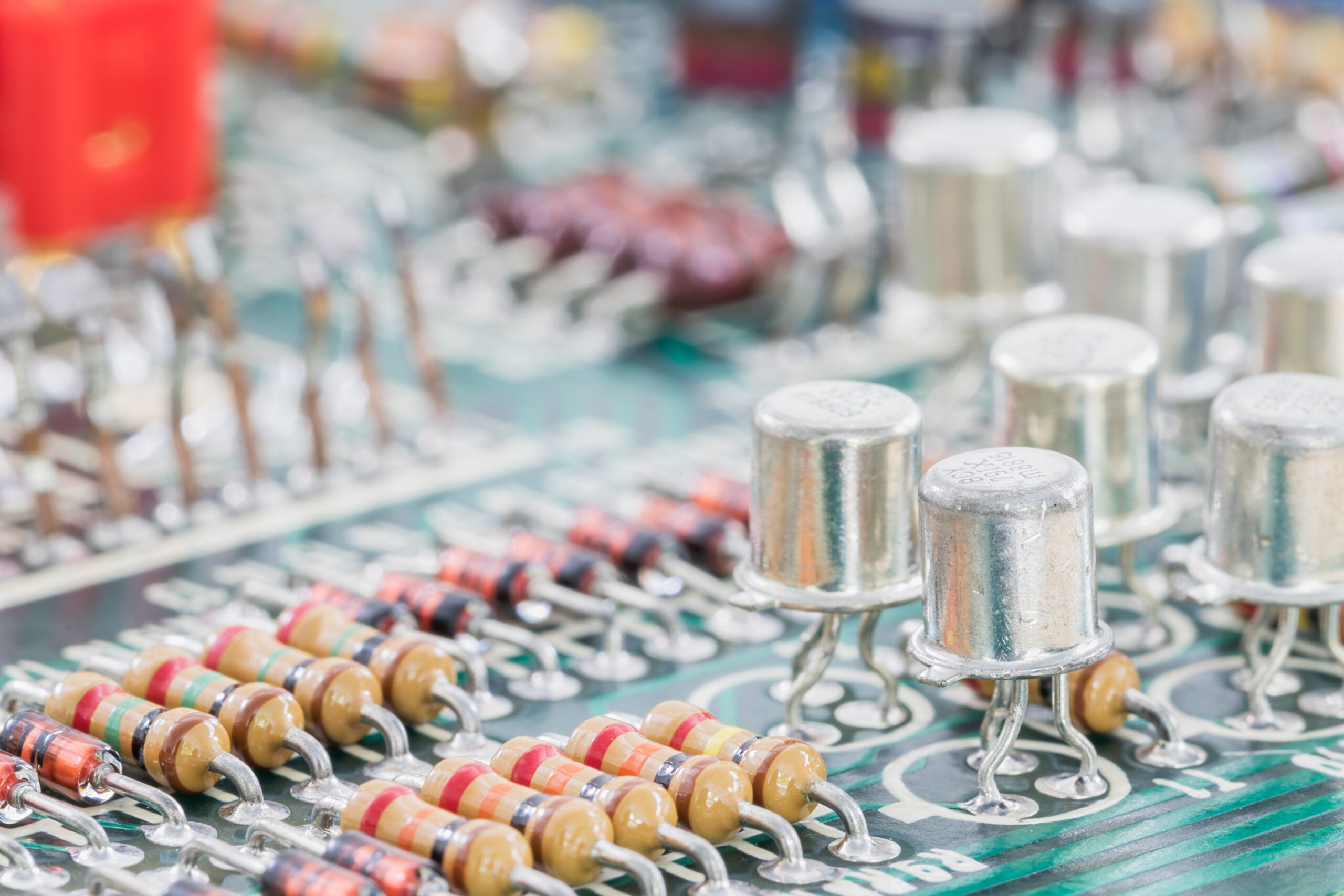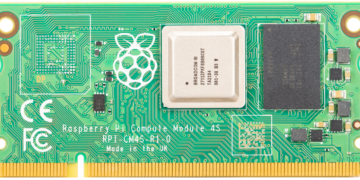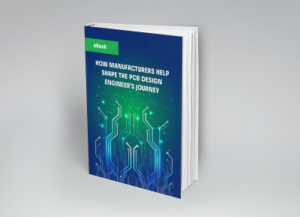
Not knowing the electronic component availability for your board can lead to costly PCB design pitfalls
PCB design failures are an expensive part of the PCB design and development cycle, with component availability issues accounting for most of the delay. The difference between a successful on-time product launch and costly redesigns often comes down to one critical factor: access to accurate, up-to-date component models and data during the initial design phase. When engineers design PCBs without verifying electronic component availability or relying on outdated CAD models, they can create a cascade of problems that extend far beyond the engineering department. These problems often result in significant additional costs and lost profitability.
The True Cost of Electronic Component Availability Failures
Time lost during design, working with components that ultimately prove to be unavailable for procurement, extends far beyond the engineering department. As shown below, this delay and associated expense are felt by all stakeholders in the design and development process.
| Impact of Electronic Component Availability Failures | |||
| Failure Type | Average Cost Impact | Timeline Delay | Departments Affected |
| Component obsolescence discovered post-design | $15,000 - $25,000 | 4-6 weeks | Engineering, Procurement, and Marketing |
| Incorrect footprint requiring board respins | $8,000 - $12,000 | 2-3 weeks | Engineering and Manufacturing |
| Supply chain shortages that force redesign | $20,000 - $35,000 | 6-8 weeks | All departments |
| Package mismatch requiring component substitution | $5,000 - $8,000 | 1-2 weeks | Engineering and Procurement |
1Costs are general estimates and do not reflect any specific type of board design.
2Potential maximum delays due to specific failure types.
Component availability issues create a domino effect across your entire development team, including procurement and marketing, who are responsible for connecting with engineers and other targeted clients. When engineering discovers that a selected component is obsolete or unavailable, the impact extends far beyond locating and incorporating a suitable alternative component. Marketing campaigns get delayed, sales teams lose credibility with customers, and procurement teams face emergency sourcing situations that unnecessarily inflate costs.
If an available component is not discovered prior to sending your design to your contract manufacturer, the loss of time and additional costs will increase even more. For example, manufacturing teams bear additional costs when component changes require production line adjustments, new testing protocols, or revised assembly instructions. The cumulative effect can transform what should be a $2 component change into a $20,000 or more project delay.
Quality CAD Models: Your First Line of Defense
The best way to avoid the pitfalls of unavailable components that will reverberate through your design and development process is through a data-driven design approach built on up-to-date, accurate component information. Critical to this approach is the quality of your CAD models, including schematic symbols, footprints, IC packages, and 3D models. Following good CAD model design practices has tremendous benefits in minimizing downstream failures, as shown below.
| Benefits of Quality CAD Models to Avoid Component Availability Issues | |||
| Model Quality Factor | Impact on Design Success | Data Verification Method | Database Advantage |
| Accurate footprint dimensions | Eliminates board respins | Manufacturer datasheet cross-reference | Verified models from a trusted resource |
| Current availability status | Prevents obsolescence issues | Real-time inventory feeds | Live database updates |
| Complete parametric data | Enables proper component selection | Multi-source verification | Comprehensive specifications |
| 3D ECAD/MCAD models | Prevents physical interference | Mechanical CAD integration | Industry standard model formats |
Quality CAD models serve as the foundation for successful PCB designs by providing accurate, verified component information early in the design stage. When engineers use models from trusted online resources like TME Electronic Components, they are assured of accurate and up-to-date availability information and access to manufacturer design data. Prioritizing CAD model quality, accuracy, and other component library best practices is the best way to avoid time delays and unnecessary design costs.
Employing Component Library Best Practices
The importance of a well-built, comprehensive component library cannot be overstated. However, it is important to know and follow best practices to maximize the benefits of assured component availability and efficient PCB design.
Guidelines for an Optimized Component Library
|
The verification process built into quality electronic component libraries or databases ensures that standard symbols are used, footprint dimensions match manufacturer specifications, and 3D models integrate into ECAD-MCAD design processes. Real-time availability data integrated into CAD models allows engineers to make informed component selections during the design phase. Instead of discovering availability issues later, designers can identify potential shortages and select alternatives while the design is still flexible. This precision approach eliminates issues like board respins that occur when components don’t physically fit the designed footprint, throwing your design off-schedule and escalating development costs. Prioritizing electronic component availability is the key to avoiding these design pitfalls.
If you’re looking for CAD models for common components or design information on how to ensure electronic component availability, Ultra Librarian helps by compiling all your sourcing and CAD information in one place.
Working with Ultra Librarian sets up your team for success to ensure streamlined and error-free design, production, and sourcing. Register today for free.








